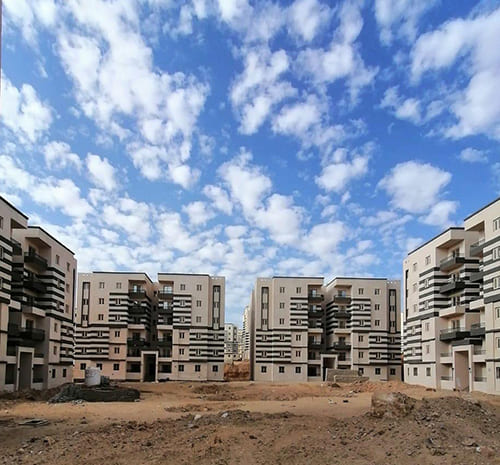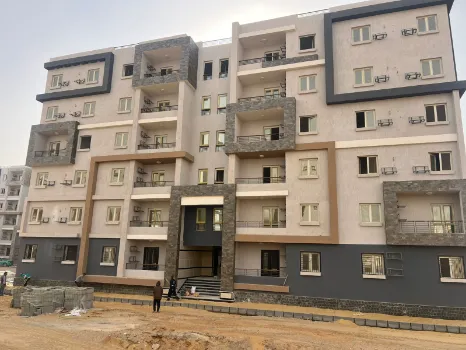Restoration: The repair of damaged concrete components to restore or improve their original condition, without substantially changing the design or load-bearing capacity.
Reinforcement: The addition or modification of structural elements to increase the load-bearing capacity or withstand new loads. This may involve a partial change in design or materials.
Second: Reasons for Restoration or Reinforcement
Aging: The deterioration of the properties of concrete or reinforcing steel over time.
Environmental factors: Exposure to moisture, salts, thermal changes, or pollution.
Implementation errors: Such as poor mixing, insufficient concrete cover, or poor curing.
Design errors: Inaccurate load calculations or the selection of inappropriate sections.
Additional loads: As a result of changing the building’s use or adding new floors.
Accidents: Such as earthquakes, fires, or impacts.
Third: Steps for Restoration and Reinforcement Work
1. Inspection and Evaluation
Visual inspection: To detect cracks, corrosion, or disintegration.
Non-Destructive Testing (NDT):
Schmidt hammer to measure surface strength.
Ultrasonic testing to measure concrete homogeneity.
Carbonation testing to measure carbonation depth.
Destructive testing: Taking concrete samples (cores) and examining them in the laboratory.
2. Removal of damaged parts
Cracking weak or loose concrete using appropriate equipment (jackhammer or hand tools), taking care not to damage intact parts.
Cleaning surfaces thoroughly of dust and impurities.
3. Reinforcing steel treatment
Removing mechanical or chemical rust.
Adding anti-corrosion coating.
4. Reconstruction or repair
Materials used:
Special repair mortar.
High-strength concrete.
Epoxy or polymeric materials.
Filling voids and cracks.
Recasting damaged parts.
5. Structural Reinforcement
Common Reinforcement Methods:
Adding new concrete sections (jacketing).
Reinforcing with carbon fiber or glass fiber (FRP).
Adding steel beams or supports.
Increasing the cross-section of columns or beams to increase load-bearing capacity.
6. Finishing and Final Protection
Surface leveling.
Painting or insulating the surface to protect it from environmental factors.
Fourth: Technical Considerations During Implementation
Adhering to the design drawings and recommendations of the consulting engineer.
Choosing repair materials that are compatible with the original concrete.
Considering the gradation of loads when reinforcing the structure.
Ensuring good adhesion between the old and new concrete.
Implementing safety regulations during work.
Fifth: The Importance of Restoration and Reinforcement
Extending the life of structures.
Maintaining structural integrity.
Reducing the costs of total reconstruction.
Meeting the requirements of the new building’s use.
Sixth: Practical Examples
Reinforcing bridge columns eroded by seawater using a concrete jacket with carbon fiber.
Repairing a factory roof after cracking due to increased mechanical loads.
Restoring the facade of a historic building while preserving the original architectural character.



